Jay DeFeo, Untitled, 1971. © 2020 The Jay DeFeo Foundation / Artists Rights Society (ARS), New York. Photo: Robert Divers Herrick. Courtesy Gagosian.
Over the past few months, a group of Bay Area–based representatives—from all corners of the art world—have joined forces to form 8-bridges, an online collective to view and sell works by artists connected to the region. Sophia Kinell, Phillips’ regional lead for San Francisco, is a member of the founding committee—or as she calls it, a “very collaborative creative brain trust.” Following up on our earlier conversation, we caught up with Sophia to discuss 8-bridges as a form of community-building, Phillips’ roots in the Bay Area, and the city she calls home.

PHILLIPS: To start, could you tell me about your relationship to the Bay Area?
SOPHIA KINELL: I was born and raised here. I grew up in Palo Alto, California, right next to Stanford University. It’s home. I just relocated back to the Bay Area last year from New York, and it has been an incredible homecoming. It feels good to be back.
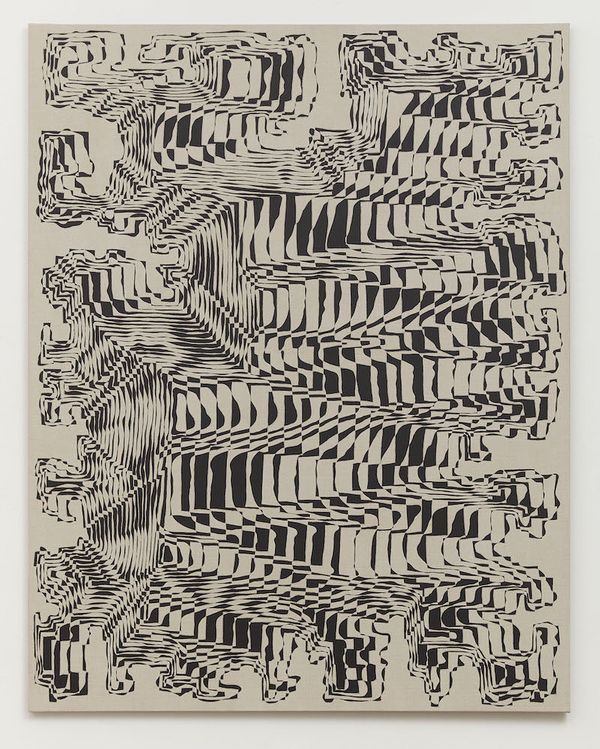
James Siena, Resselgenator, 2019. Courtesy of the artist and Ratio 3, San Francisco.
P: So what is 8-bridges? And what inspired you to come up with the platform?
SK: 8-bridges is a new online initiative created to highlight artists and culture here in the Bay Area, and named after the eight bridges that connect the San Francisco Bay. Essentially, each month, a rotating roster of participating galleries will launch eight shows of artists relevant to our region. Each cycle will also spotlight a local institution, directing visitors to their site to learn more and to donate.
All of it started out of an earnest dialogue around how to come together as a community and support artists, and our greater arts ecosystem, in this time of uncertainty.
P: This is clearly a very collaborative project. Who are the founding committee members and the galleries that are involved?
SK: 8-bridges is the result of many great minds and conversations that began in the spring, shortly after the shelter in place order. All of it started out of an earnest dialogue around how to come together as a community and support artists, and our greater arts ecosystem, in this time of uncertainty. The best way to support artists is to buy art. The question then became how do we energize our local art economy? In light of shutdowns, travel restrictions, the lack of art fairs, and all the rest this year.
Above all, how do we come together to support one another in this moment? Our mission is to bring the Bay Area art world together, and community-building is really at the heart of it all. The founding committee includes a core group of Bay Area–based galleries—Altman Siegel, Fraenkel, Friends Indeed, Gagosian, Jessica Silverman, Pace, Ratio 3—Sarah Wendell Sherrill from the art and tech space, and myself from the auction world. Rebecca Camacho Presents is our guest star gallery for the month of October. Together, we’ve formed what is essentially a very collaborative creative brain trust.
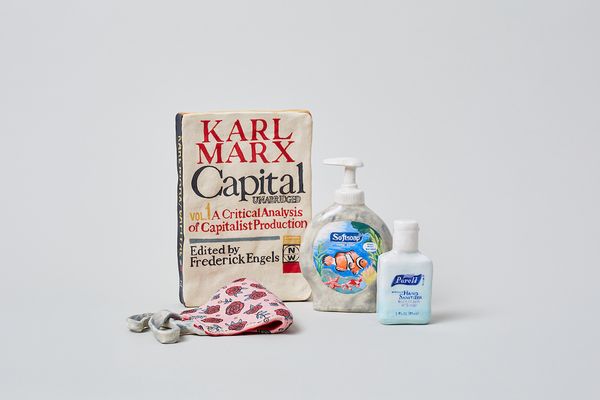
Stephanie H. Shih, Pandemic Survival Kit, 2020. Courtesy of the artist and Friends Indeed Gallery, San Francisco.
P: I didn't quite process how early during lockdown restrictions you must have had to begin this collaboration. Did you anticipate how drastically the pandemic would affect the art world?
SK: I don't think anyone did. It all began with a conversation among friends and thought leaders in the community. A larger, local task force then started meeting on a weekly basis, and the mission was to find a way to support our arts community and each other. A rising tide lifts all boats.
The conversation evolved each week as things changed here on a local level. And then, of course, on a national and international level. With new news coming every day, it was becoming clear that things were not going to normalize anytime soon. So that was the seedling that started it. Then more recently, towards the end of the summer, the question was raised more directly: how can we actually support artists, the foundation of our whole industry, in the most meaningful way? The best way to do this, again quite simply, is to buy art. We are all in the business of selling art. So how do we promote sales and maintain the cultural vibrancy of our city, amidst closures and restrictions? 8-bridges is a response to that.
For Phillips, as the only international auction house with a contemporary focus, it's a natural fit.
P: How has your work as regional representative at Phillips informed how you've gone about this project? And how is Phillips supporting the platform?
SK: Network is central to both. Being a regional rep requires a very deep understanding of the entire arts ecosystem and how each component works, separately and together. Museums, galleries, collectors, auction houses—we all lean on each other and have an important role to play. For Phillips, as the only international auction house with a contemporary focus, it's a natural fit. We are so proud to be able to support this initiative by way of monthly contributions to each institutional beneficiary that is highlighted on the platform. San Francisco's Museum of the African Diaspora (MoAD) is the first this month.

Christian Marclay, Telephones, 1995. © Christian Marclay. Courtesy Fraenkel Gallery, San Francisco.
P: And how is it going so far? What has the response been like?
SK: It has been incredibly positive and strong, and there is tremendous enthusiasm around the idea. San Francisco is a very tight-knit community. We started 2020 with FOG fair here—arguably the most significant week on our calendar—and then right on the heels of that, we went into shutdown phase. The inability to gather and convene around art was felt much more sharply I think, especially with all of the museum closures. Overall the response has been exceedingly positive—people are excited about the concept of banding together and bridging what are otherwise disparate parts.

Max Jansons, Light in the Forest, 2020. Courtesy of the artist and Rebecca Camacho Presents, San Francisco.
P: It's such an incredible collaboration yet obviously very different from experiencing the works in person. Has there been a particular artwork that has emerged in the platform that you feel has particularly resonated with you or with this moment?
SK: Several, but if I had to pick one thing: this 1971 photograph by Jay DeFeo. She grew up here in the Bay Area and studied at UC Berkeley. A close second would be Christian Marclay’s Telephones from 1995, presented by Fraenkel Gallery. It is so excellent and so relevant right now, in a world where we're all desperately trying to connect and stay connected. I'll take an old-fashioned phone call over a zoom any day.
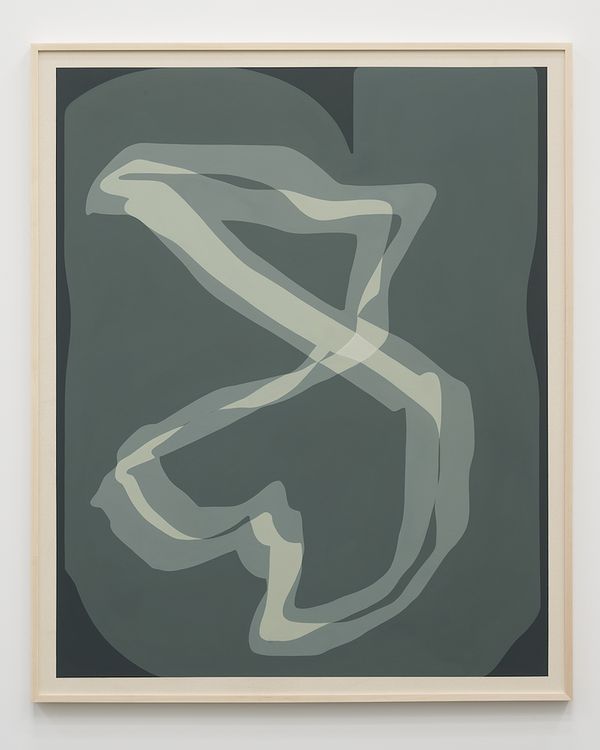
Laeh Glenn, 8, 2020. Courtesy of the artist and Altman Siegel, San Francisco. Photo by Robert Divers Herrick.
P: Moving forward, what can we expect to see from 8-bridges? Who can we expect to see on the platform?
SK: In the spirit of community engagement and bringing everyone together, we are excited to roll out a series of panel discussions over the coming months. The first was with San Francisco–based art sociologist Sarah Thornton; new Director of the Berkeley Art Museum, Julie Rodrigues Widholm; recently repatriated Californian and Director of the ICA San Jose, Ali Gass; and long-standing Director of the Asian Art Museum, Jay Xu. Save the date for our second on November 18 with The New York Times journalist, Jori Finkel; the Director of the San José Museum of Art, Susan Sayre Batton; the Director of the Fine Arts Museums of San Francisco, Thomas P. Campbell; and the Director of San Francisco’s Museum of the African Diaspora, Monetta White. The theme here is really about audience inclusion and coming together.
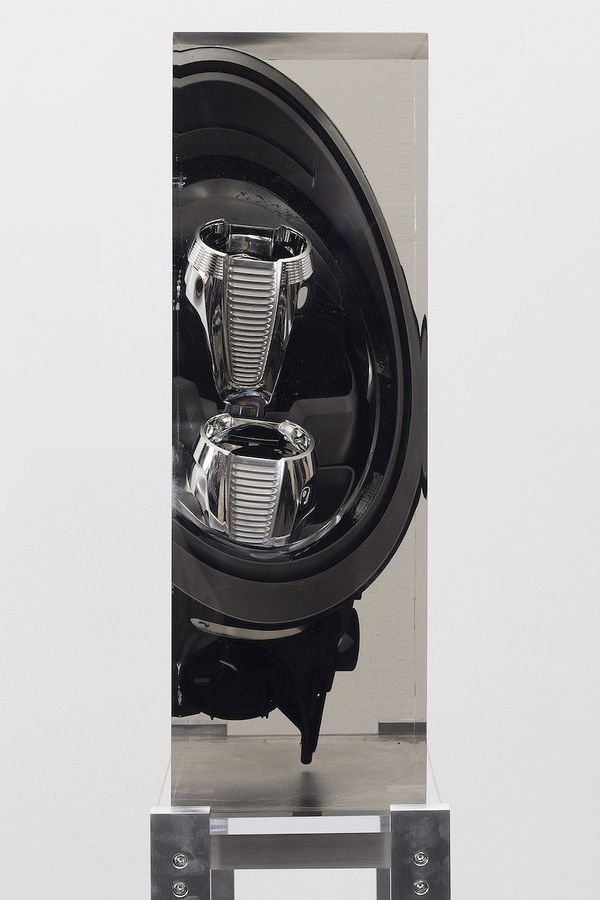
Matthew Angelo Harrison, Seer: Lay Bare, 2020. Courtesy of the artist and Jessica Silverman, San Francisco.
P: That is one of the few nice things about digital life, you're bringing people together that might not otherwise be able to gather in the same place.
SK: Exactly. This is interesting when considering institutions too—each is its own separate entity. We are creating a rare opportunity, a moment where we are bringing these important voices together. And then down the road, January brings us to SF Arts Week, and what would have been the 2021 iteration of FOG fair. This week is really our moment on the art world calendar and we're very keen to keep that going, despite closures and whatnot. So stay tuned, there will be more on that soon.
We are creating a rare opportunity, a moment where we are bringing these important voices together.
P: For those of us not near San Francisco, how do you recommend that we support our own communities?
SK: I would say look close to home. Pay attention to what your local galleries and museums are showing and the artists that they are championing. We live in a world where you can get almost everything anywhere. But for me, knowing where and how artworks were made is super important. Context is everything. And when a real sense of place is present, it becomes that much more meaningful. For that reason, I will always have a soft spot for Bay Area artists, past and present.
This is really a local initiative and a San Francisco story through and through. I think the silver lining of this forced pause we've all had this year is that it's really given us an opportunity to look inward.
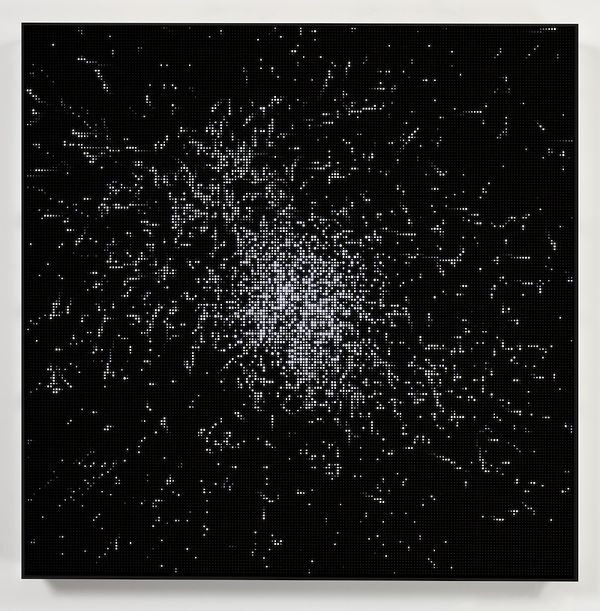
Leo Villareal, Instance 27, 2019. Courtesy of the artist and Pace Gallery.
P: And looking back towards your community, what is your favorite thing about San Francisco?
SK: The people. The food—sorry, New York, but nothing beats California produce—and the proximity to nature. We are very lucky to live here.

Discover More
In Conversation with Sophia Kinell, Part I >
What's Next for the Asian Art Museum >
